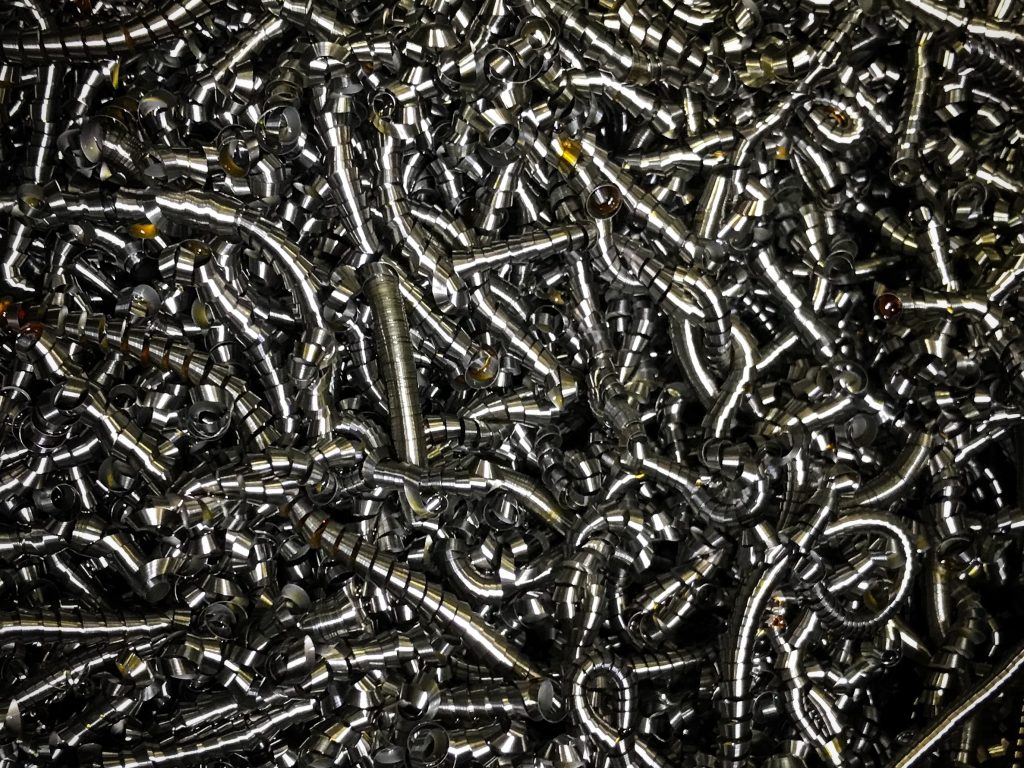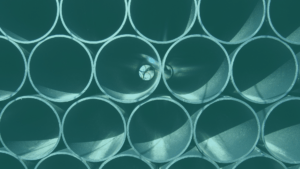In March 2018, Clare Broadbent, Director of Product Sustainability at The World Steel Association, commented in one of her articles on how surprised she was by how little people know about metal scrap recycling. With the best intention of doing justice to her comment, we decided to present a couple of topics that are probably already known to those in the steel industry community, but we trust they will be useful for those who are just beginning to get involved in this environment.

Why is metal scrap the #1 in recycling?
Metal scrap is the easiest material to recycle in the world because it is magnetic and can be easily separated from other materials. Due to this magnetic property, it is easier to extract for crushing. Thanks to this, there is a well-established market for metal scrap.
Upcycling, Recycling, and Downcycling: What's the difference?
There is a lot of confusion about the different terms related to recycling, in addition to the word “recycling” itself, so we will seek to define each one to identify where the process of metal scrap recycling fits. To better appreciate the original terms, we will keep them in English.
Upcycling: Converts a material into something of higher value than it was originally.
For example, the fabric scraps left over from a batch of clothing production that are transformed into a new high-quality bag. The fabric, now in the form of a bag, is more valuable and useful than the same material in its previous form as scraps.
Recycling: Converts a material into something of approximately the same value it had originally.
In this case, imagine those same fabric scraps mentioned earlier, but now the fabric would be processed back into threads, which would then be used to create new rolls of fabric.
With this, we want to raise awareness of how the recycling process reduces a product to the materials it is made of to produce something new from the material. In other words, it puts a material back into the same life cycle; therefore, true recycling reprocesses the material back into the same product.
Downcycling: Converts a material into something of lower value than it was originally.
Following the example of fabric scraps, creating cleaning rags from those scraps that cannot be well recycled and thus degrading their final quality.
And the question is, does steel degrade when recycled?
The answer depends on the quality of the raw material and the fusion processes used. Metal scrap is made up of materials that recycle well since they can be recycled many times, and the resulting material will still be of the same quality. However, realistically, a significant part of recycling is actually a downward cycle, as certain materials result in lower-quality material when not recycled with a quality process, which is unlikely in most cases.
Although some forms of recycling retain more value from the material than others, at the end of the day, all types of recycling help extend the life of the material in one way or another, resulting in a reduced amount of processed virgin raw materials.
Since recycling steel is beneficial for the environment (for example, every ton of recycled scrap saves 1.5 tons of CO2, 1.4 tons of iron ore, and 740 kg of coal), there is a well-established market that has existed for many decades to purchase metal scrap. It is estimated that we currently recycle over 85% of all steel products that reach the end of their useful life.
Metal scrap recycling uses about one-third of the energy needed to manufacture steel from virgin raw materials. As we mentioned in another one of our articles: Predictions for the global metal scrap recycling market, the global metal scrap market is generating 629.4 million metric tons this year. We could recycle even more steel, but due to its long lifespan, steel often remains in products for many years, so we have to wait.
So, what needs to happen? We need to use metal scrap more efficiently. There are solutions available in the market that allow us to maximize the efficiency of electric arc furnaces, ensuring that each recycling process produces materials of the same quality as their previous useful life. Following this approach demonstrates that steel is the key material for the circular economy, enabling a more sustainable society.
How can SCRAPYARD® make your processes more efficient?
Through the Scrap Volume and Density Measurement module, SCRAPYARD® allows you to incorporate the scrap density factor as a variable in the model to calculate payments to your suppliers and achieve your goal of “certified loads” for the furnace, taking advantage of high levels of optimization. The information obtained allows you to rank your suppliers in a leaderboard and organize your metal scrap yard according to densities.
Generate these impacts together with SCRAPYARD®, the only comprehensive solution in the market for the management and classification of metal scrap.



